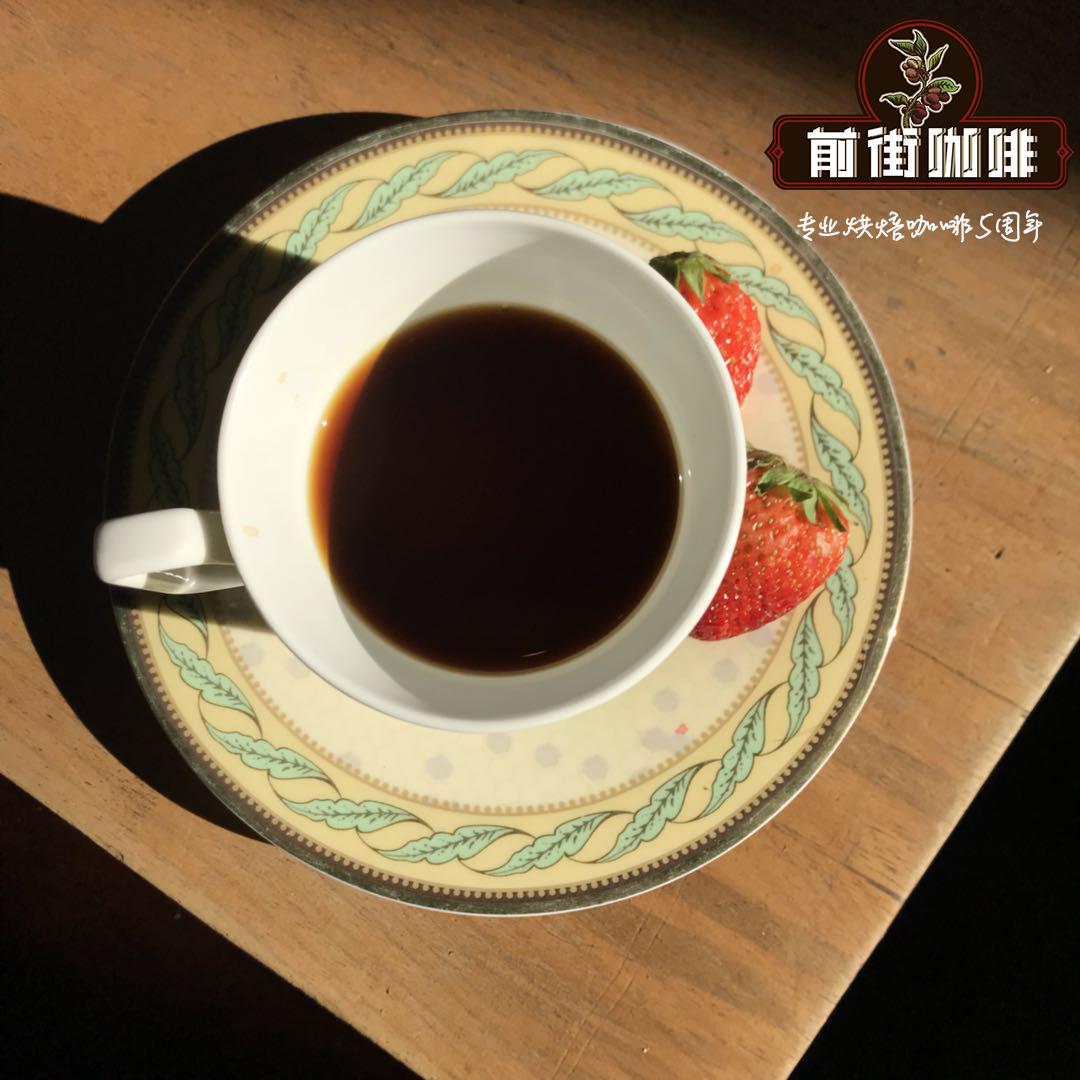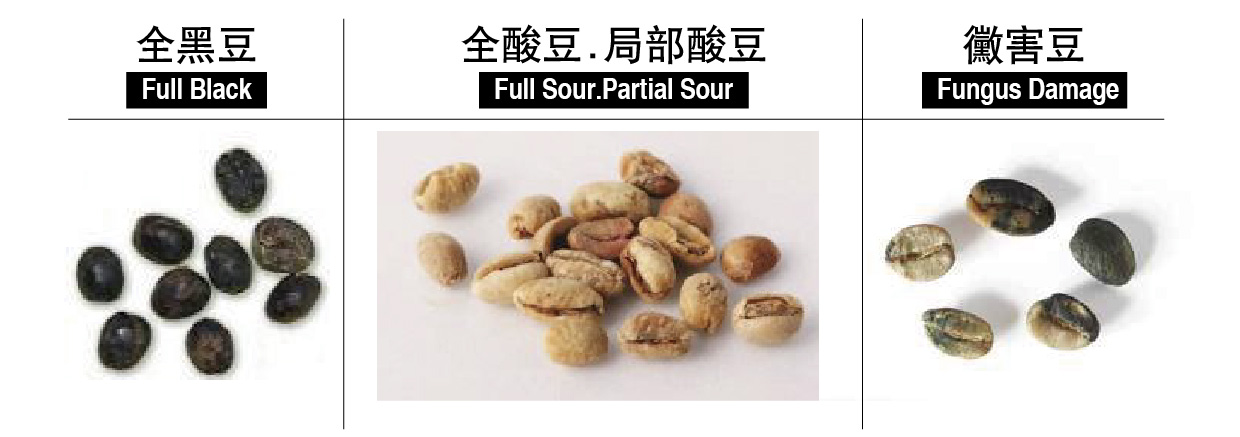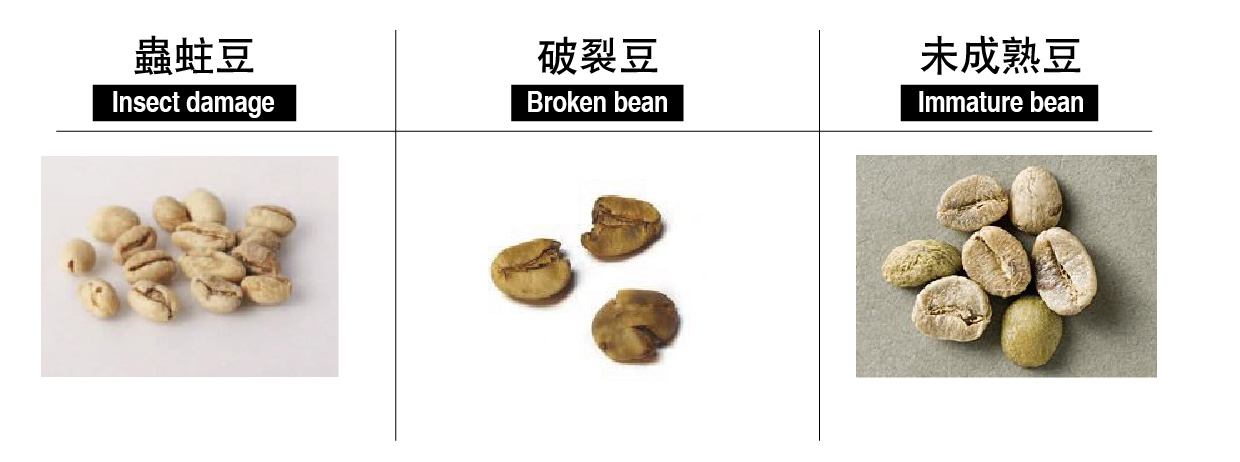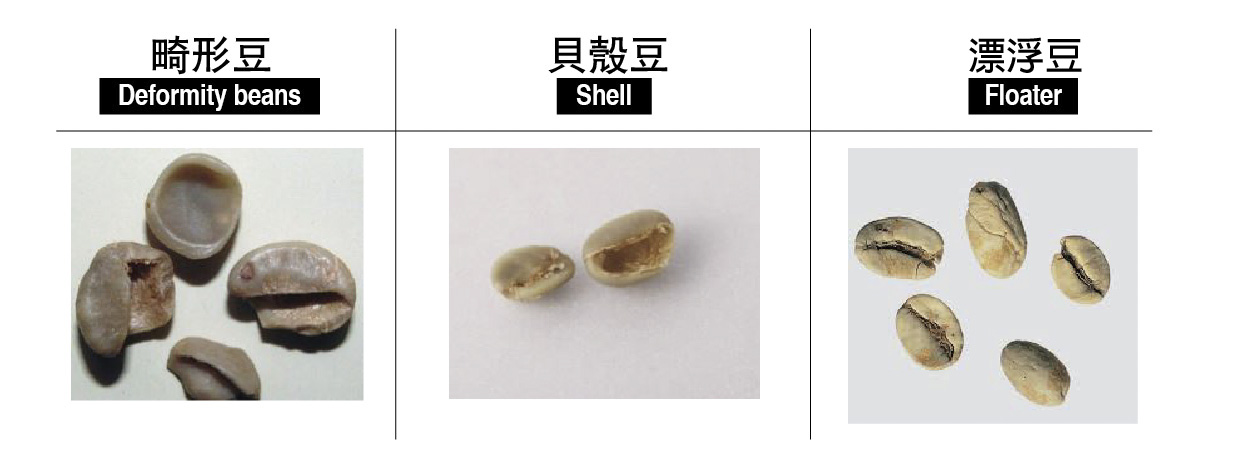What are the defective beans of coffee? what is the definition of defective beans? what is defective beans to choose coffee beans?

Professional coffee knowledge exchange more coffee bean information please follow the coffee workshop (Wechat official account cafe_style)
Coffee growing environment
The difference in the appearance of coffee beans comes from different growth environments. The growth zones of coffee are usually Tropic of Cancer and Tropic of Cancer and tropical areas near the equator. Unique coffee varieties are planted in special growth areas, and there are many kinds of coffee beans and growing environment. In the books on boutique coffee beans, it is mentioned that varieties derived from Arabica, such as Typica, Bourbon traditional varieties, Caturra, Kenyan Ruirull, and other newly improved varieties are mainly produced at higher elevations between 600 and 1000 meters, which is different from the evaluation of Canophora/Robusta varieties produced at lower elevations. [1] due to environmental differences, there are many differences in the appearance of coffee beans, ranging from yellow-green to dark green or even to brass.
There are three main varieties of coffee beans in business, and the most widely cultivated is Arabica, which is the most important and best quality coffee bean. Arabica beans grow in the high mountains of 500m~2000m above sea level. He can neither bear high temperature nor rain, and his cost is higher than that of other coffee beans, but his flavor is really good. If we want to write an adjective for Arabica beans, he should be a more "princess" type of beans.
Coffee planting method
To cultivate a perfect bean needs to mention the growing environment, of course, the planting method is also very important. Coffee trees are planted under shady trees to protect them from the scorching sun. This method of planting is called "Yu Ying style". The United States Department of Agriculture has studied the benefits of stabilizing nitrogen concentration, preventing soil erosion, reducing drought and strong winds, and so on. On the other hand, there is another kind of modern planting, called "shading". Through improved varieties, they can grow in the hot sun without shade, so the distance between coffee trees can be shortened and the yield can be increased.
Defective beans in coffee beans
Without screening, throw raw beans into the roasting, baked beans, no matter how good technology can not make delicious coffee. Because coffee beans are often mixed with impurities and bad beans, and bad beans are called "defective beans". So this little knowledge is very important, but how many kinds of defective beans are there? The types of raw bean defects listed below are described:

● black bean
◎ features: whole or local raw beans appear black and opaque.
The reason for the formation of ◎: blackening is caused by excessive fermentation, such as fermentation or smelly, dusty odor, mildew and decay.
● whole sour beans. Local sour bean
◎ features: beans are considered sour beans when they are yellowish brown or reddish brown.
The reason for the formation of ◎: sour beans are contaminated by bacteria in the process of harvest and treatment.
● mildew damage bean
◎ characteristics: mildew damaged beans have yellowish brown and reddish brown spots at the initial stage, indicating that they are eroded by irritant spores.
The reason for the formation of ◎: mildew damage to beans is usually due to the presence of mold spores on the beans, and being stored at a certain temperature and humidity after harvest will cause mold growth to infect beans.

● moth eaten bean
◎ features: diameter 0.3-1. Smm's small black hole is usually on the inside of the coffee bean.
The reason for the formation of ◎: in coffee agriculture, insect pests are the most serious, while the fruit is still on the tree, the worm has already drilled into the fruit to breed.
● broken bean
◎ feature: broken beans usually have a dark red area due to oxidation.
Cause of ◎ formation: broken beans usually break when they are treated with pulp or dry treatment, incorrectly corrected by the machine and excessive friction or extrusion.
● immature bean
◎ features: immature beans can be distinguished by the pale and yellowish green skin or the white spots of the skin.
There are many reasons for the formation of ◎: there are many reasons for not fully maturing, inappropriate harvest of immature fruits and berries that are too late to mature at higher elevations.

● malformed bean
◎ features: abnormal shape, off-center incision slightly enlarged.
The cause of ◎ formation: growth defects, physiological factors.
● shell shape
◎ features: shell beans are separated and deformed from inside or outside at the same time.
The reason for the formation of ◎ is mainly due to genetic variation.
● floating bean
◎ features: the appearance of floating beans is particularly white or faded, while raw beans will have spots.
Cause of ◎ formation: for processing, this disadvantage is caused by improper storage or drying, which usually leads to discoloration or low bean density.
After looking at all kinds of broken defective beans above, you should know how important the process of picking beans is if you want to have a good cup of coffee. A cup of coffee that does not pick beans will certainly have a great impact on the overall quality, but the flavor of the coffee may be slightly defective, or it may be some very unpleasant taste, the so-called "a grain of mouse shit spoils a pot of porridge". It's really appropriate to put it here. In strict grading and exquisite roasting, we know that a cup of coffee is the key to a good cup of coffee in the process of selecting and baking beans.
Important Notice :
前街咖啡 FrontStreet Coffee has moved to new addredd:
FrontStreet Coffee Address: 315,Donghua East Road,GuangZhou
Tel:020 38364473
- Prev

The characteristics of Rwandan coffee beans the defective flavor of Rwandan coffee with potato flavor
Professional coffee knowledge exchange more coffee bean information please follow the coffee workshop (Wechat official account cafe_style) in the Rwanda COE competition, 220coffee samples from all over the country entered the pre-selection (pre-selection), of which 100entered the domestic competition. In the week-long competition, 59 were selected for the international evaluation competition, and the judges had to take a blind test during the five-day competition period.
- Next

How do you get the defective beans in coffee? what do you think of coffee defective beans?
Professional coffee knowledge exchange more coffee bean information please pay attention to the coffee workshop (Wechat official account cafe_style) a cup of coffee, remind us of the importance of proper preservation of raw materials during food journey, the quality of coffee beans affect the flavor when drinking, and even improperly stored coffee beans may contain toxins, long-term consumption may have impact on health. The origin is the defective bean control tube.
Related
- Beginners will see the "Coffee pull flower" guide!
- What is the difference between ice blog purified milk and ordinary milk coffee?
- Why is the Philippines the largest producer of crops in Liberia?
- For coffee extraction, should the fine powder be retained?
- How does extracted espresso fill pressed powder? How much strength does it take to press the powder?
- How to make jasmine cold extract coffee? Is the jasmine + latte good?
- Will this little toy really make the coffee taste better? How does Lily Drip affect coffee extraction?
- Will the action of slapping the filter cup also affect coffee extraction?
- What's the difference between powder-to-water ratio and powder-to-liquid ratio?
- What is the Ethiopian local species? What does it have to do with Heirloom native species?

